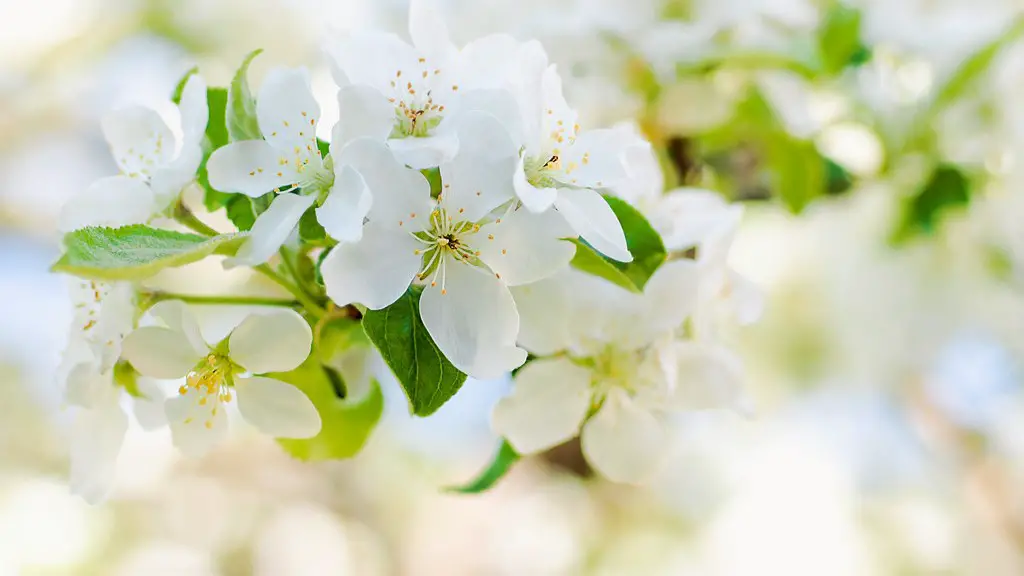Palm trees are a wonderfully unique and interesting species, embodying an air of resilience and ease in their majestic stature. But while they may look strong on the outside, they require the expertise of a well-versed gardener to remain healthy and robust. One of the common questions amongst palm tree owners is ‘should I cut the brown tips off my palm tree?’. To answer this, it is important to understand the causes and effects of brown tips, as well as the continuation of good practices to keep your palm tree healthy.
First and foremost, the brown tips of a palm tree indicate an underlying issue or problem with the health and wellbeing of the tree. Usually, it is caused by one of three reasons: inadequate soil or nutrient levels, unfavorable climatic conditions or insect infestations. While the brown tips are easily identifiable, more often than not, the root of the problem is far more complex and can only be fully diagnosed by an expert palm tree consultant or specialist.
Most experienced palm tree gardeners recommend that brown tips should be cut off to encourage new, healthy growth. However, this should not be mistaken for regular pruning, which should only be done in severe cases and when absolutely necessary. Instead, the tips should be trimmed off with caution to prevent further damage to the tree. If the damage is more severe, it is best to consult an expert to advice the most appropriate action.
In addition, it is important to keep the tree in healthy condition by continuing to provide the correct level of nutrients and water, as well as ensuring that it is in an environment suitable for it to flourish. Keeping an eye on the root system and surrounding area is necessary as problems in these areas can lead to brown tips. If you identify an area that is causing damage, soil fertilizer can be used to supplement nutrient levels, while insect repellent can help to control insect infestations.
With proper care and attention, brown tips can be reduced, however, for a long-term solution, consistent maintenance is key. Identifying and addressing any problems as soon as possible is critical in protecting your palm tree’s health. Additionally, regular assessments from palm tree specialists should also be arranged, especially in harsher climates to ensure that your palm tree is conformable in its environment.
Inspection and Assessment
It is essential to regularly inspect your palm tree for any root problems, and particularly for brown tips. The earlier these issues are identified, the quicker and more successful the treatment can be. Consultants can also help you assess your tree’s condition and provide timely advice if your palm tree presents any further signs of damage or decay.
Growth
Cutting brown tips off a palm tree can encourage new growth and open up space to allow adherence to other branches, if necessary. Excessive growth, however, should not be encouraged and it is important to not over-trim your palm tree as it can cause stress and weaken the overall health of the tree.
Fertilizers
Fertilizers are a good way to supplement soil nutrient levels and bring them back to the desired level; in turn, creating an environment that is conducive to the tree’s health. A proper fertilization regime tailored to the specific species’ needs should be followed and appropriate products should be used to ensure that the fertilizer does not damage the tree.
Climate Control
Palm trees have different requirements for a comfortable environment and this can vary significantly. It is important to assess the climate inside and outside of your home or office and find ways to either maintain or modify the environment to suit the needs of the tree. Temperature, humidity and light requirements should all be considered to keep your palm tree flourishing.

